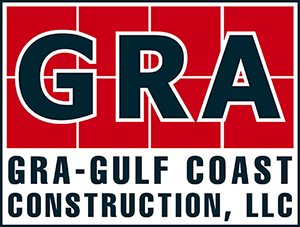The current trend toward green roofing in urban and commercial environments has the potential to benefit both businesses and communities. A knowledgeable Houston design build company can develop and implement a green roof for any business looking to take advantage of this popular feature.
What is a Green Roof?
Also called a vegetated roof or a living roof, a green roof is a roof that supports one or more types of plants. Extensive green roofs are shallow and feature low-maintenance vegetation such as ground cover. Intensive roofs are deeper and can support such diverse design elements as trees, gardens and paths.
The Mechanics of Green Roofing
The weight of a green roof varies depending on the depth of the soil and the diversity of vegetation. Therefore, the existing roof must be assessed to determine how much of a load it can bear.
During installation, a protection board is laid on top of the roof and is covered with a waterproof membrane. These layers prevent moisture from leaking into the building and keep roots from growing down into the roof. A drainage and filtration system is installed along with a layer that helps retain water to promote plant growth. At least a foot of growing medium is added before vegetation is put in place.
New green roofs may require irrigation to support healthy plant growth. Using a drip irrigation system ensures that water gets where it needs to go rather than evaporating in the sun.
Benefits of Green Roofs
The most obvious advantage of installing a green roof is improved aesthetics. Adding vegetation to the roof of a commercial building provides a better atmosphere and brings beauty to the area.
Communities benefit not only from this added beauty but also from the fact that green roofs absorb heat and provide fresh air. Temperatures in cities where companies install green roofing tend to be lower, and people living and working nearby report a greater sense of well-being.
Green roofs insulate buildings against noise and reduce the need for interior heating and cooling. The extra layer of protection offered by the plants holds heat in during the winter and cools the building during the summer. This reduces the demand on local utilities and saves businesses money.
The vegetation on a green roof absorbs a great deal of rain water and filters chemicals and metals out of the runoff. The resulting lush area provides a habitat for animals and insects that would otherwise be pushed out by urban growth. Depending on the extent of the roof, this same space can be used to promote community agriculture.
In addition to these benefits, installing a green roof can be part of Houston LEED construction and count toward LEED certification for a commercial building.
Green Roof Maintenance Tips
Just like traditional gardens, green roofs need regular maintenance to grow properly and retain their beauty. Businesses with green roofs need to develop and implement a care plan to ensure that the vegetation stays healthy and the underlying layers do not become damaged.
A typical checklist for green roof maintenance includes:
- Weeding out invasive plants
- Cutting grass and ground cover
- Pruning trees and bushes
- Examining the soil layer for erosion
- Clearing vegetation from around gutters and drainage areas
- Checking for pests and diseases
- Applying compost twice per year
- Inspecting the irrigation system and watering as necessary
Including a green roof as part of a Houston office building construction makes the area more attractive and the building more desirable. If the current trend in green roofing continues to grow, it has the potential to improve the atmosphere and well-being of companies, their employees and the cities in which they do business.
